Driving on sand requires special considerations and adjustments to ensure optimal performance and safety. One of the most crucial aspects is maintaining low tyre pressures. Reducing tyre pressure helps increase the tyre's footprint, providing better traction and flotation on soft sand. The benefits of low tyre pressures for sand driving include improved traction, reduced risk of getting stuck, enhanced stability, and a smoother ride.
Purpose and Functioning of Tyre Deflators
Tyre deflators are used to quickly and accurately deflate tyres to the desired pressure before driving on sand. You simply attach the tyre deflators to the tyre valve stems. The deflators will automatically deflate the tyres to the preset pressure, allowing for a consistent and controlled deflation process.
To set the desired tyre pressure on the deflators, the recommended tyre pressure for sand driving is typically between 15-20 PSI (pounds per square inch). However, you should consult your vehicle's manual or manufacturer's recommendations for the appropriate tyre pressure for your specific vehicle and tyre size.
Step-by-Step Guide on Using Tyre Deflators for Sand Driving
-
Start by parking your vehicle on a flat and solid surface. Ensure that the vehicle is in park or neutral and the parking brake is engaged.
-
Locate the tyre valve stems on each tyre. The valve stems are usually found on the outer side of the wheel and covered by a protective cap.
-
Remove the protective cap from each tyre valve stem.
-
The tyre deflators should be screwed onto the valve stems. Align the deflator with the valve stem and screw it on firmly but not too tight.
-
Set the desired tyre pressure on the deflators. Most deflators have a built-in pressure gauge or adjustment knob. Adjust the pressure to the recommended range of 15-20 PSI.
-
Monitor the pressure gauge on the deflators as the tyres deflate. Stop deflating when the desired pressure is reached.
-
Once the desired pressure is achieved, unscrew the deflators from the valve stems. Replace the protective caps on the valve stems to prevent dirt and debris from entering.
-
Check the tyre pressures with a separate tyre pressure gauge to ensure accuracy before driving on sand.
Conclusion and Additional Tips
In conclusion, using tyre deflators and maintaining low tyre pressures are crucial for sand driving. Additional tips for sand driving include engaging 4WD (if applicable), maintaining a steady speed, avoiding sudden acceleration or braking, and staying on designated tracks. Practice driving on sand in a safe and controlled environment before venturing into more challenging terrains. The benefits of low tyre pressures for sand driving and the convenience of using tyre deflators to achieve the desired pressure quickly and accurately cannot be overstated.

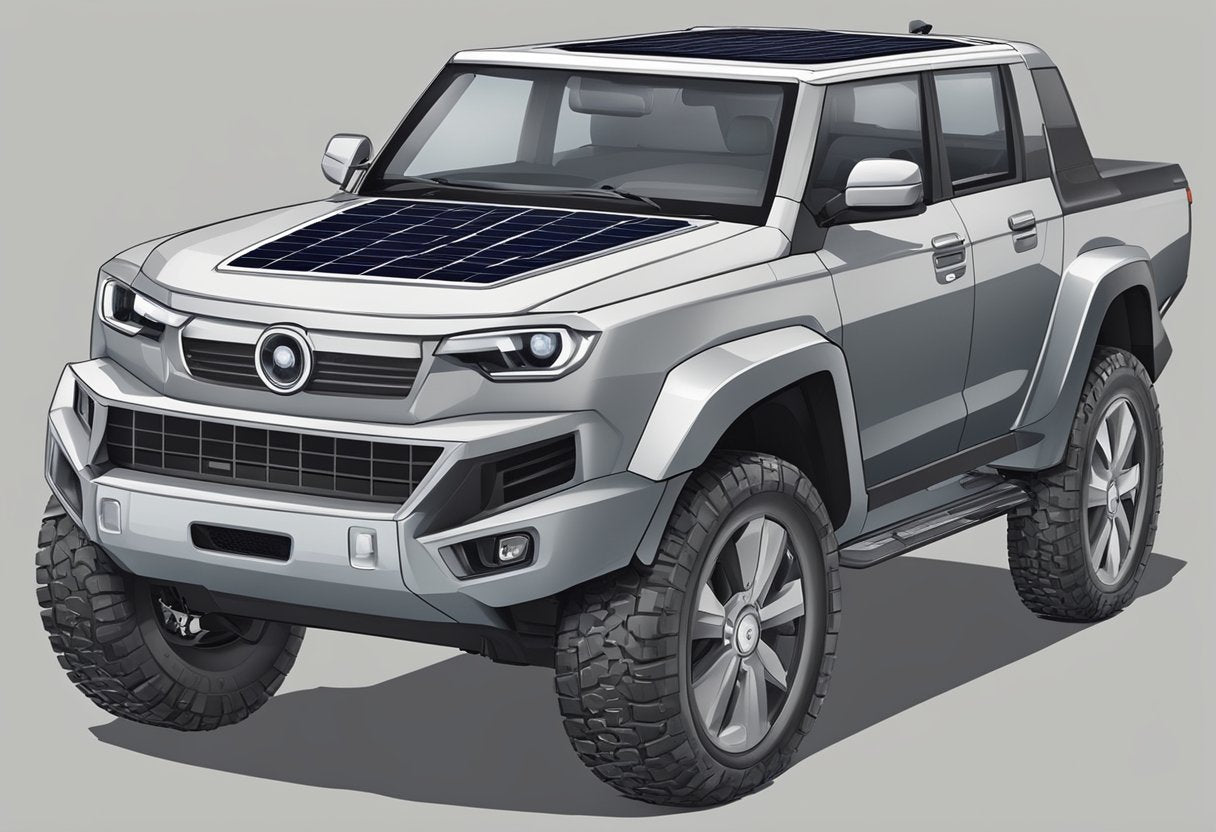

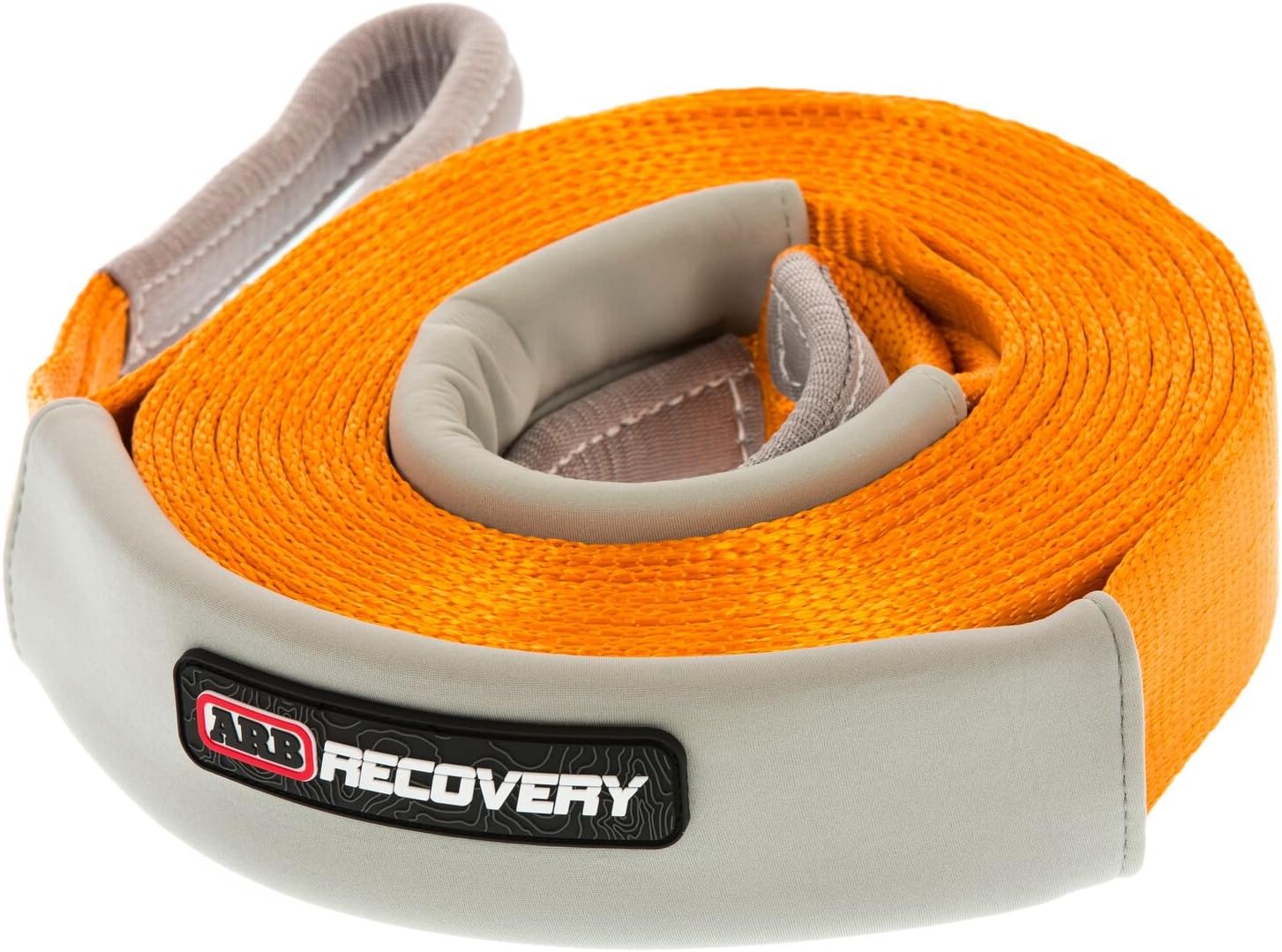
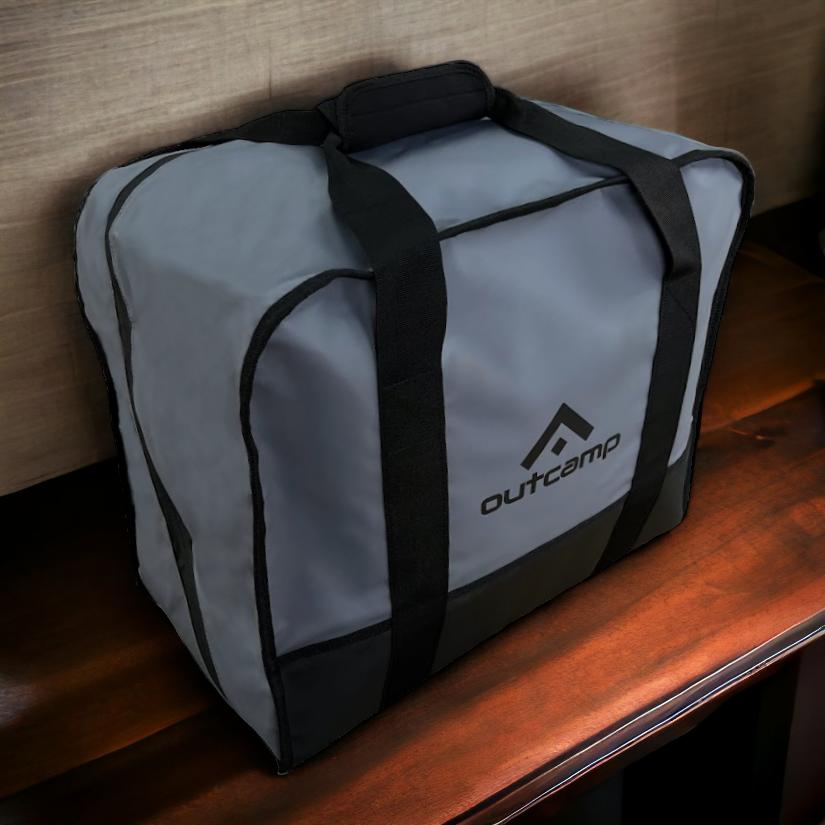

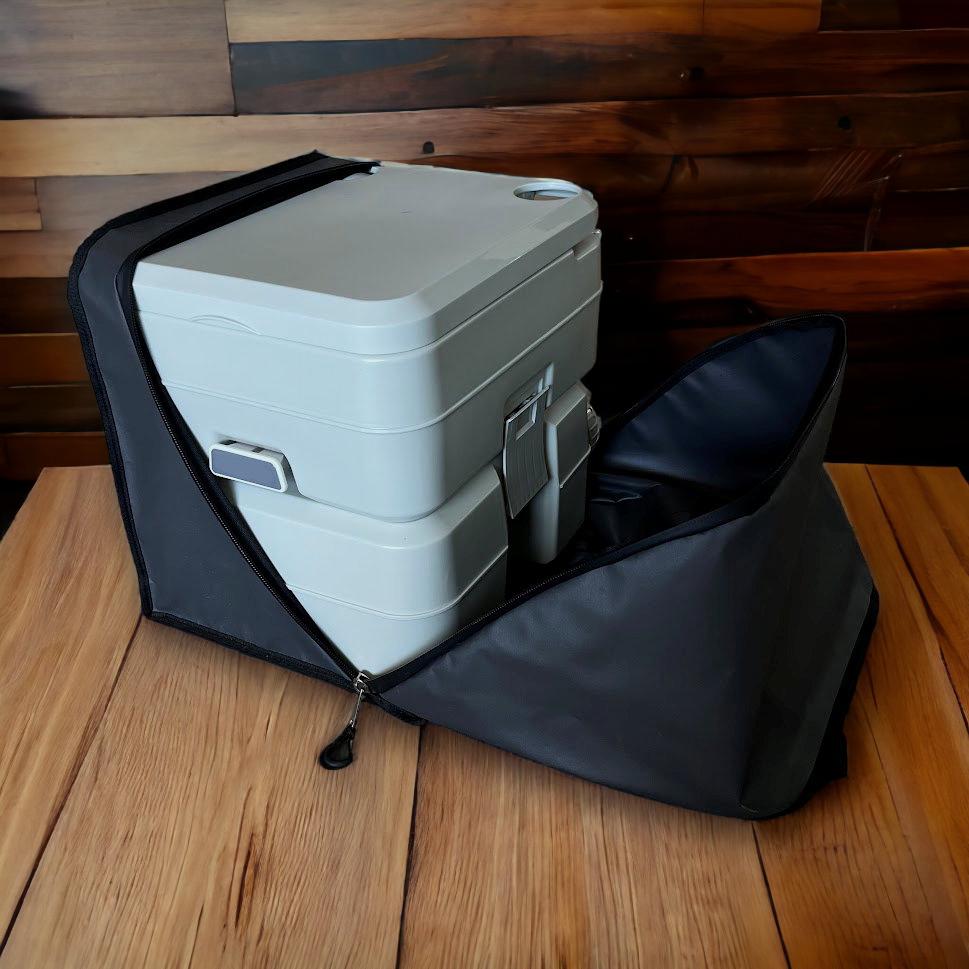
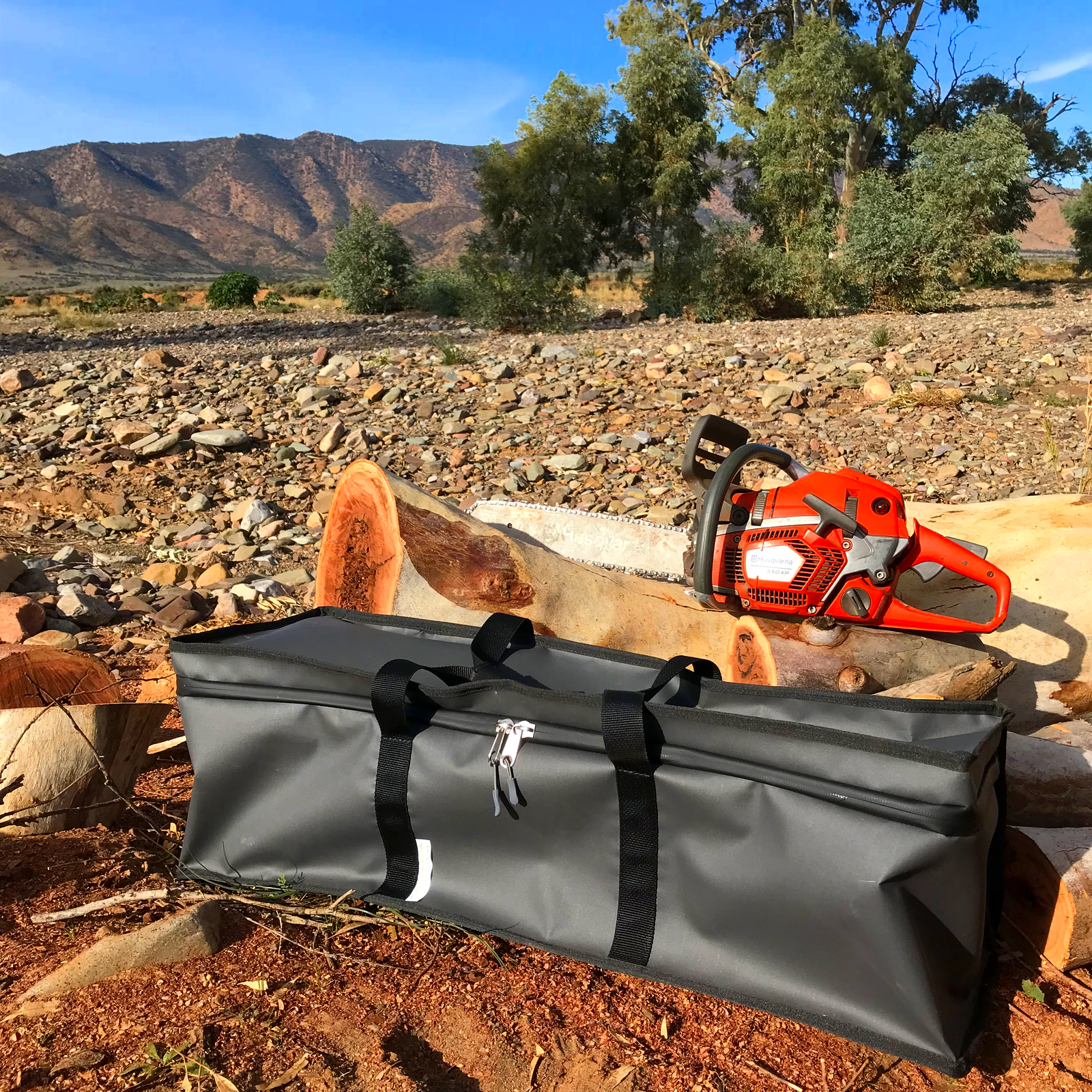
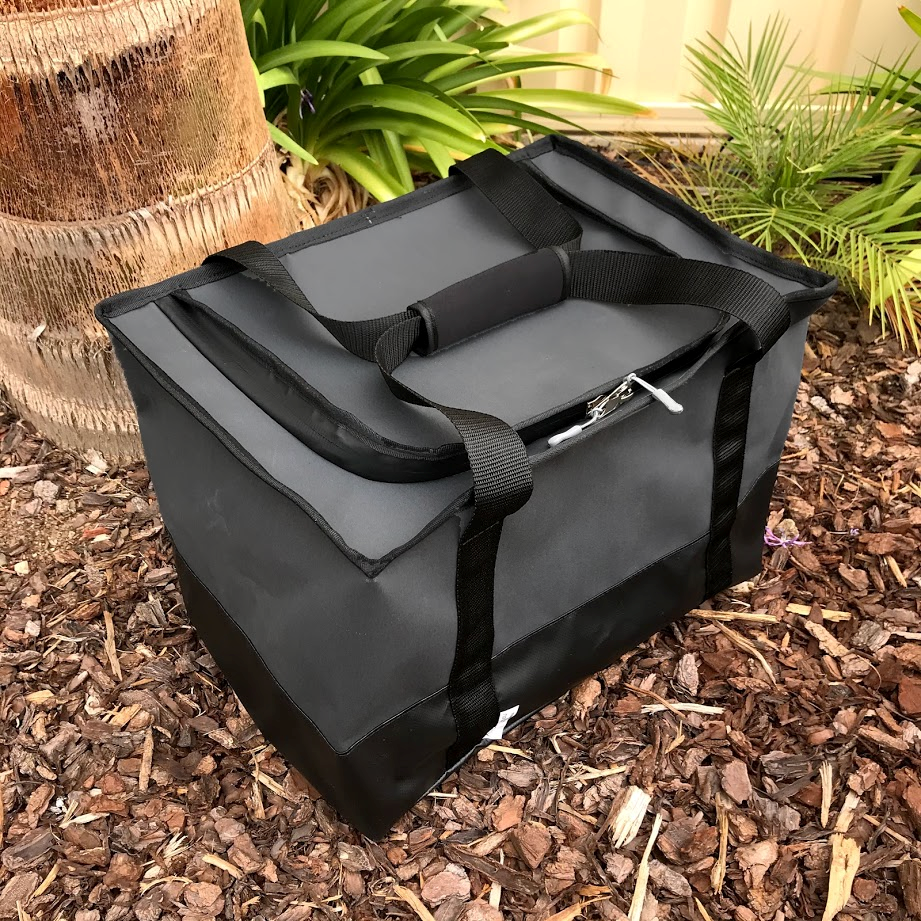







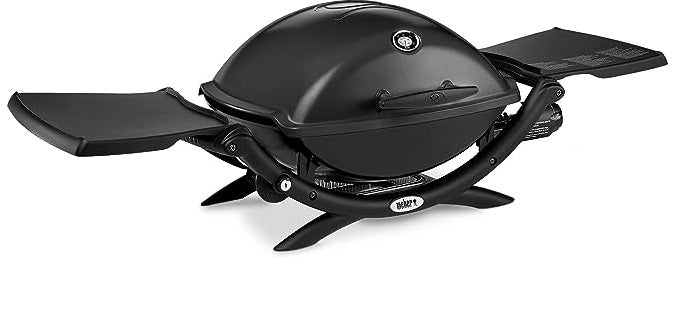
Leave a comment (all fields required)